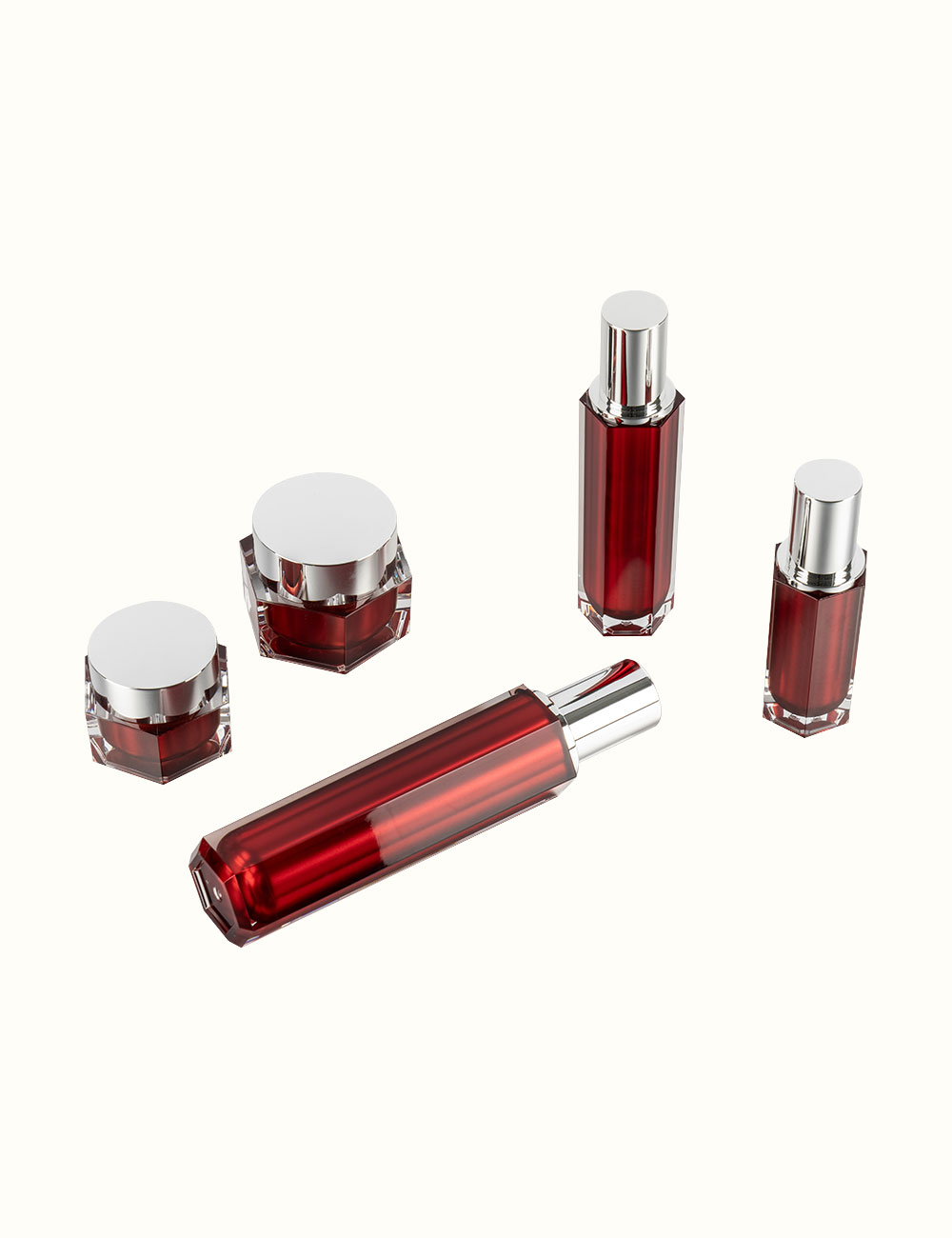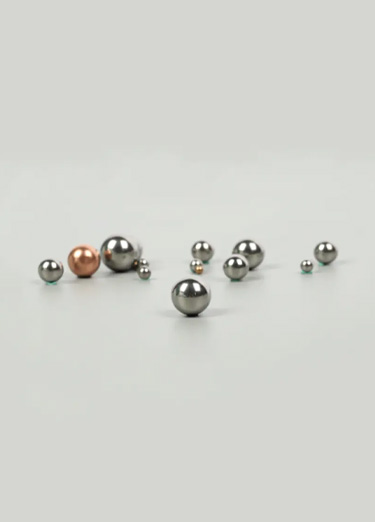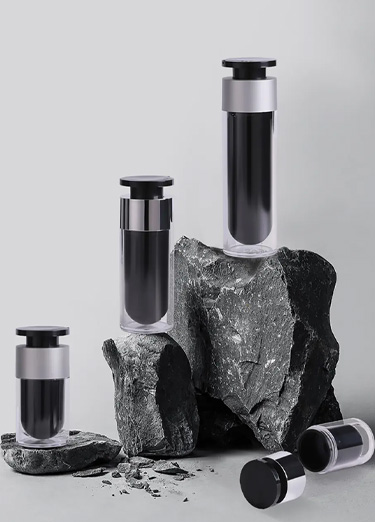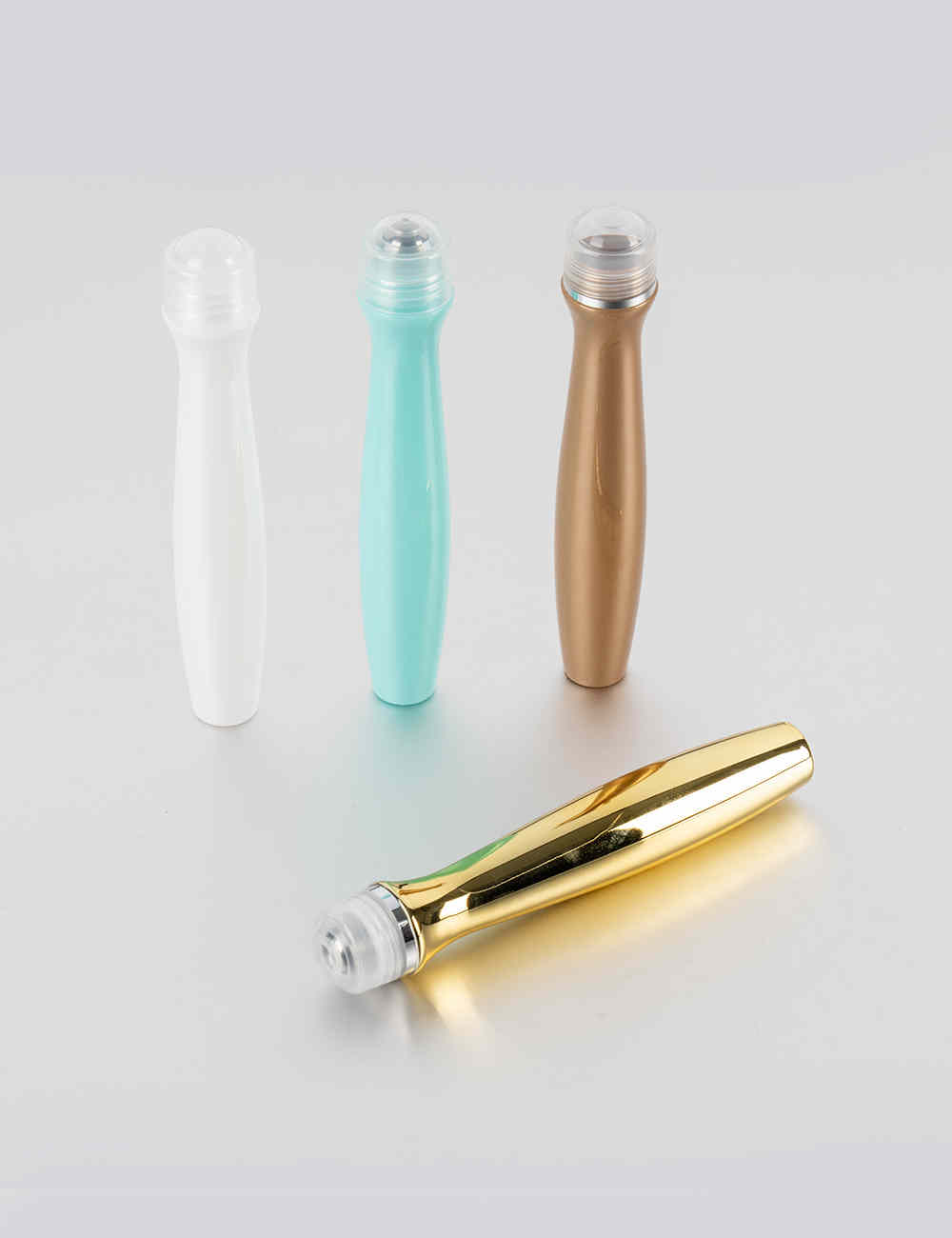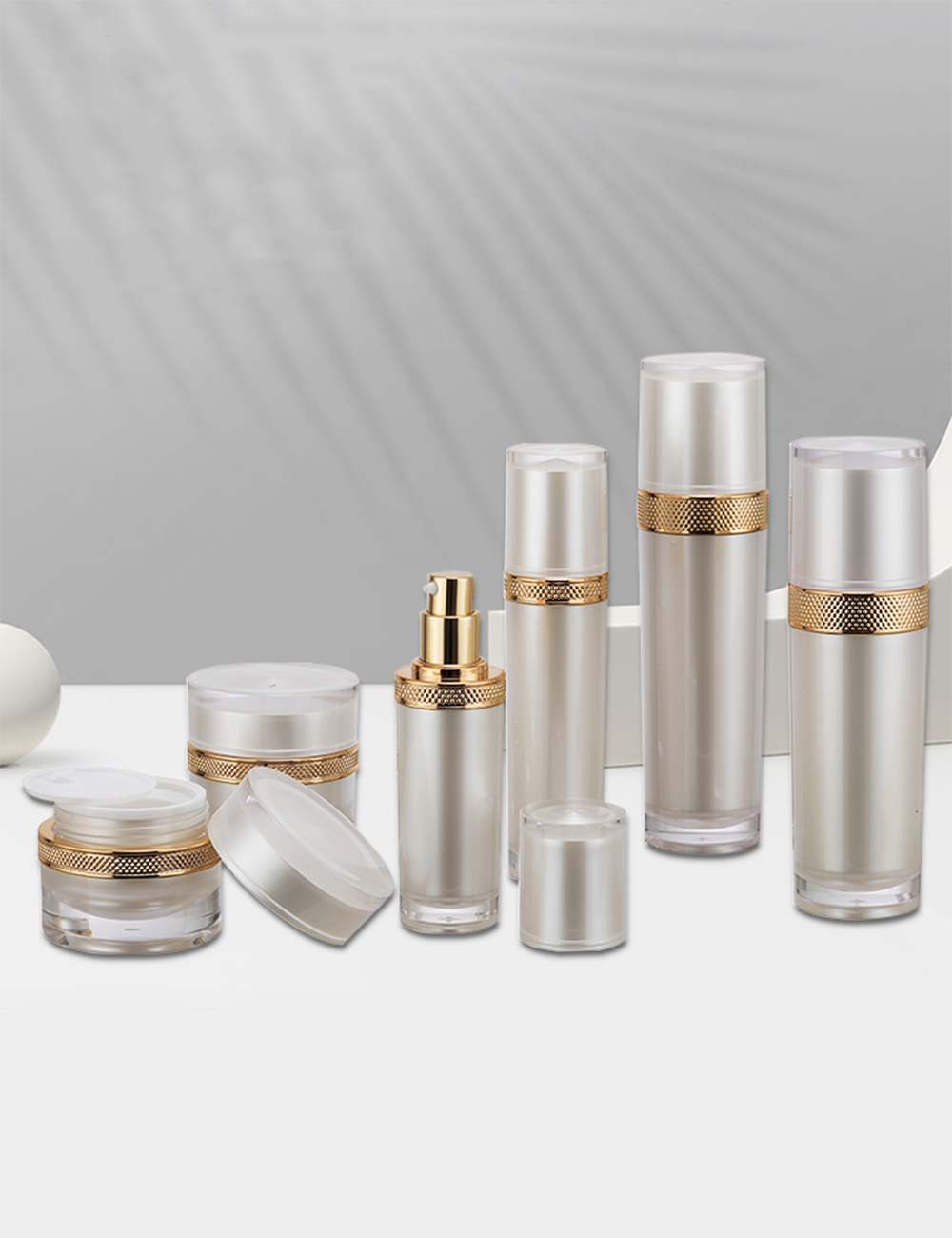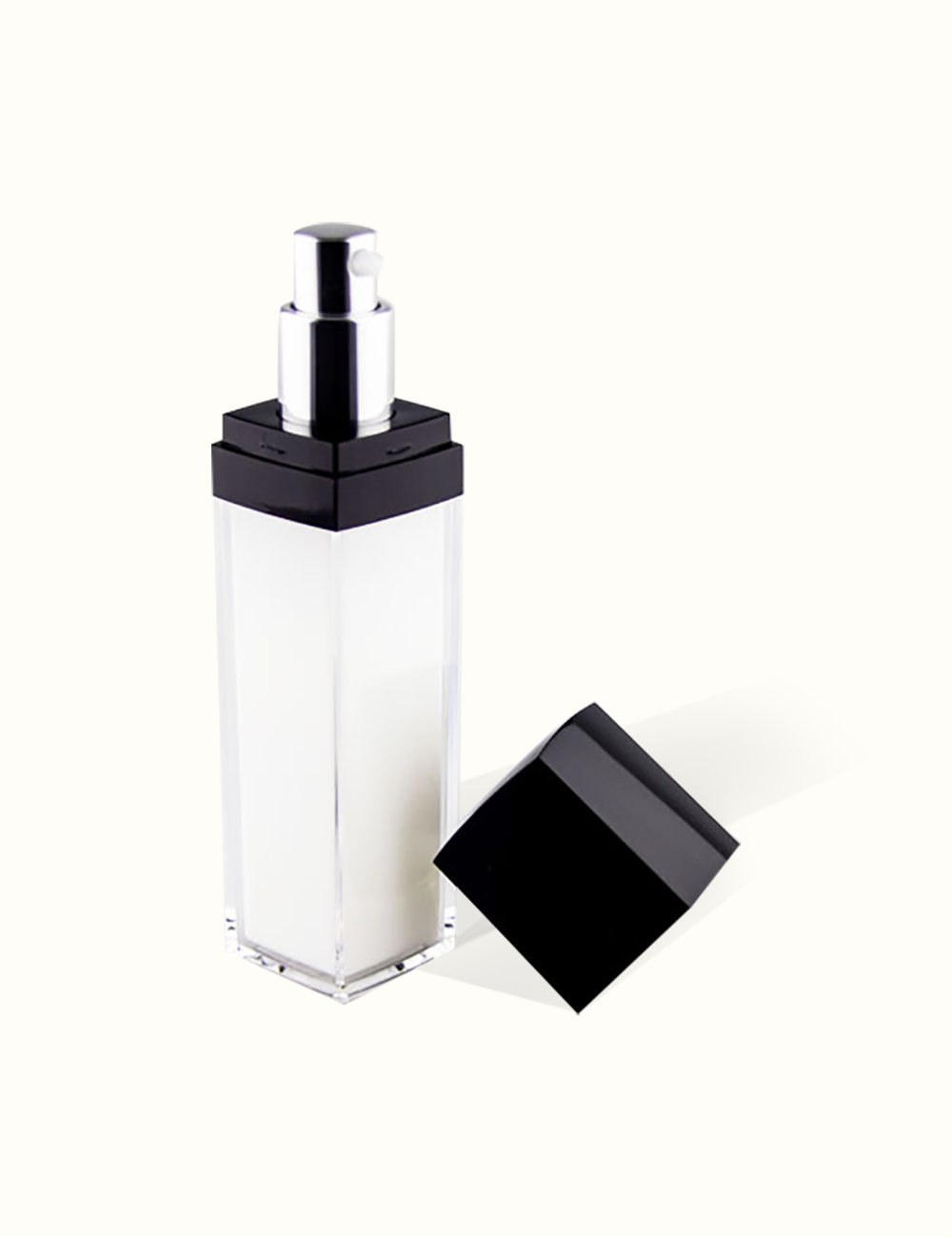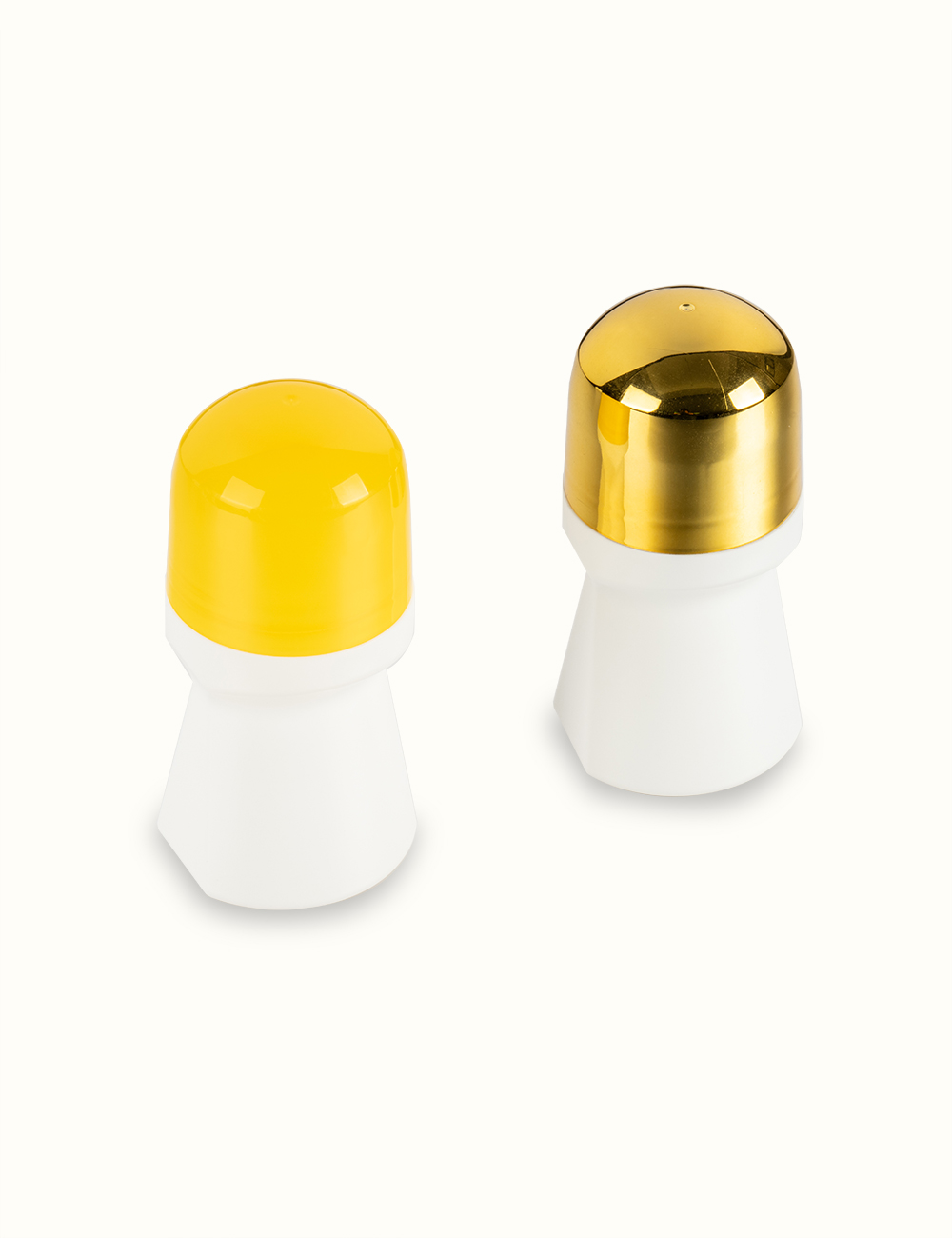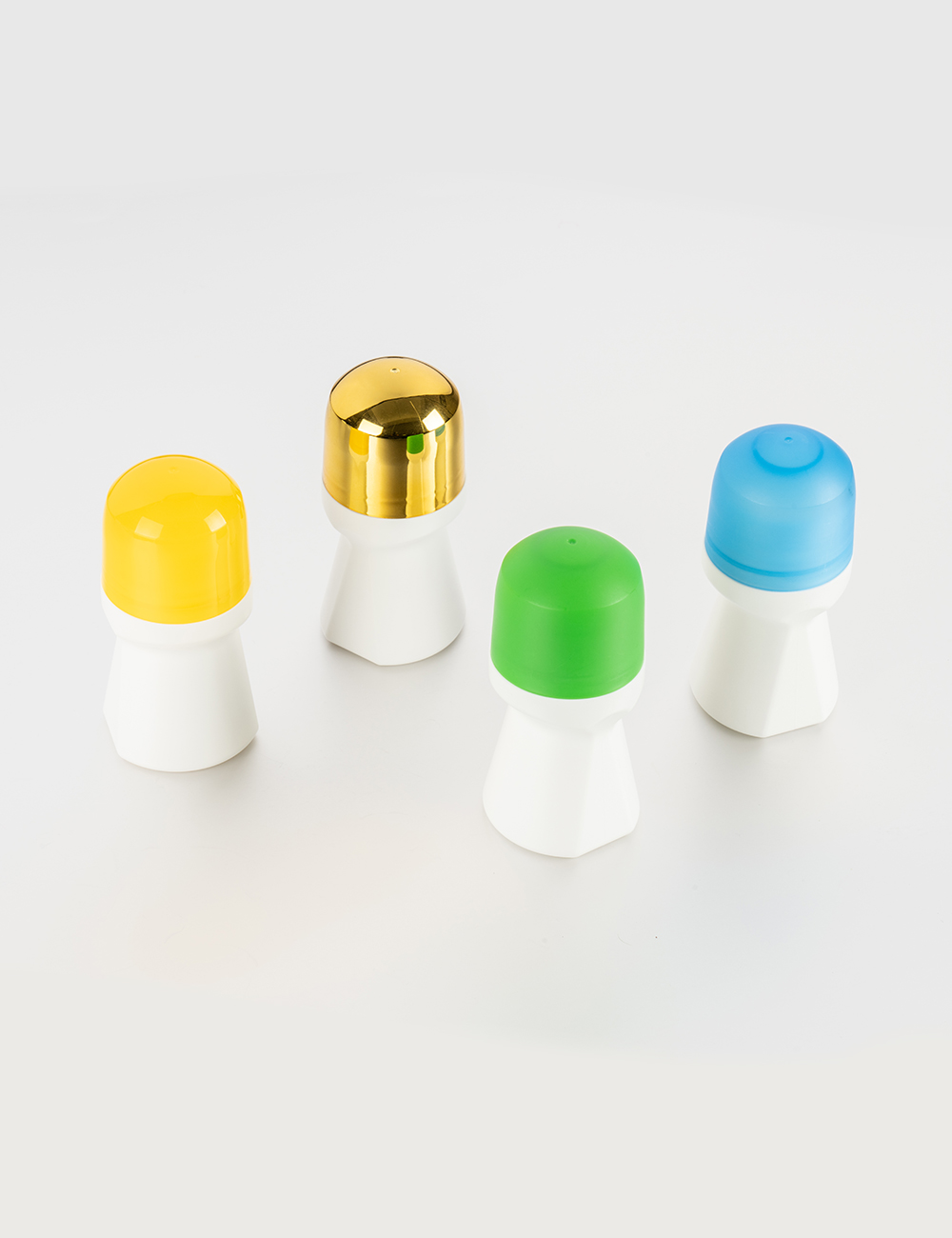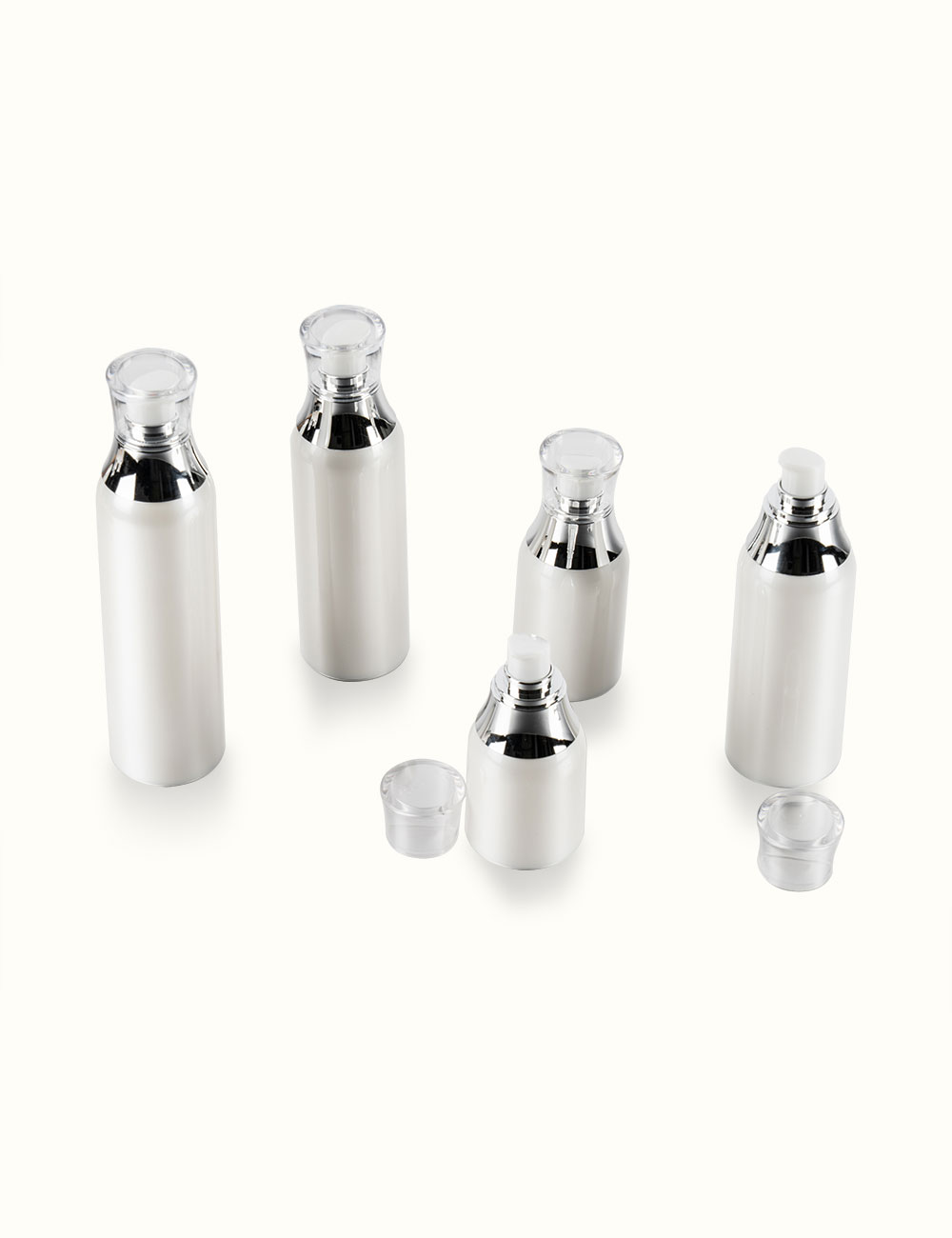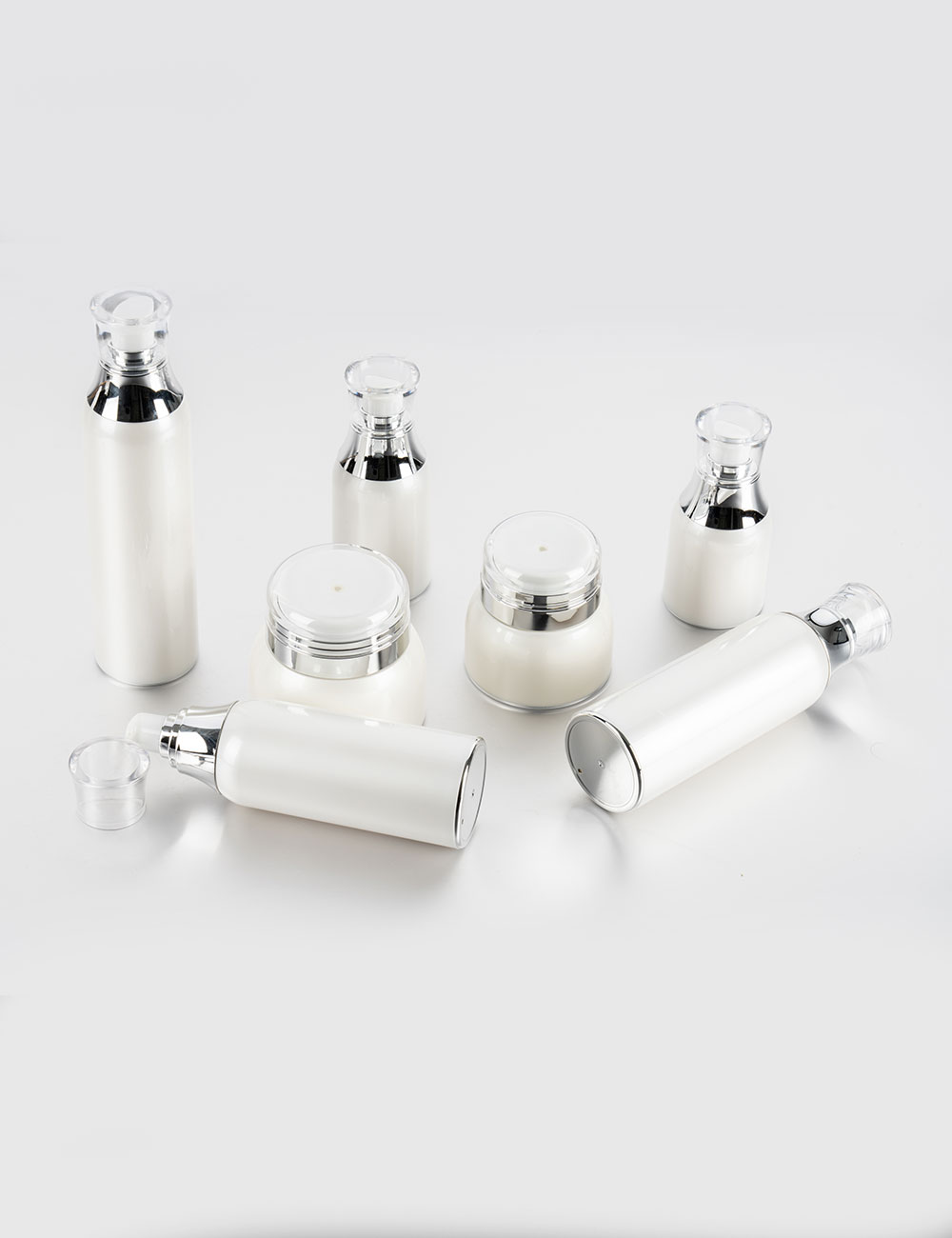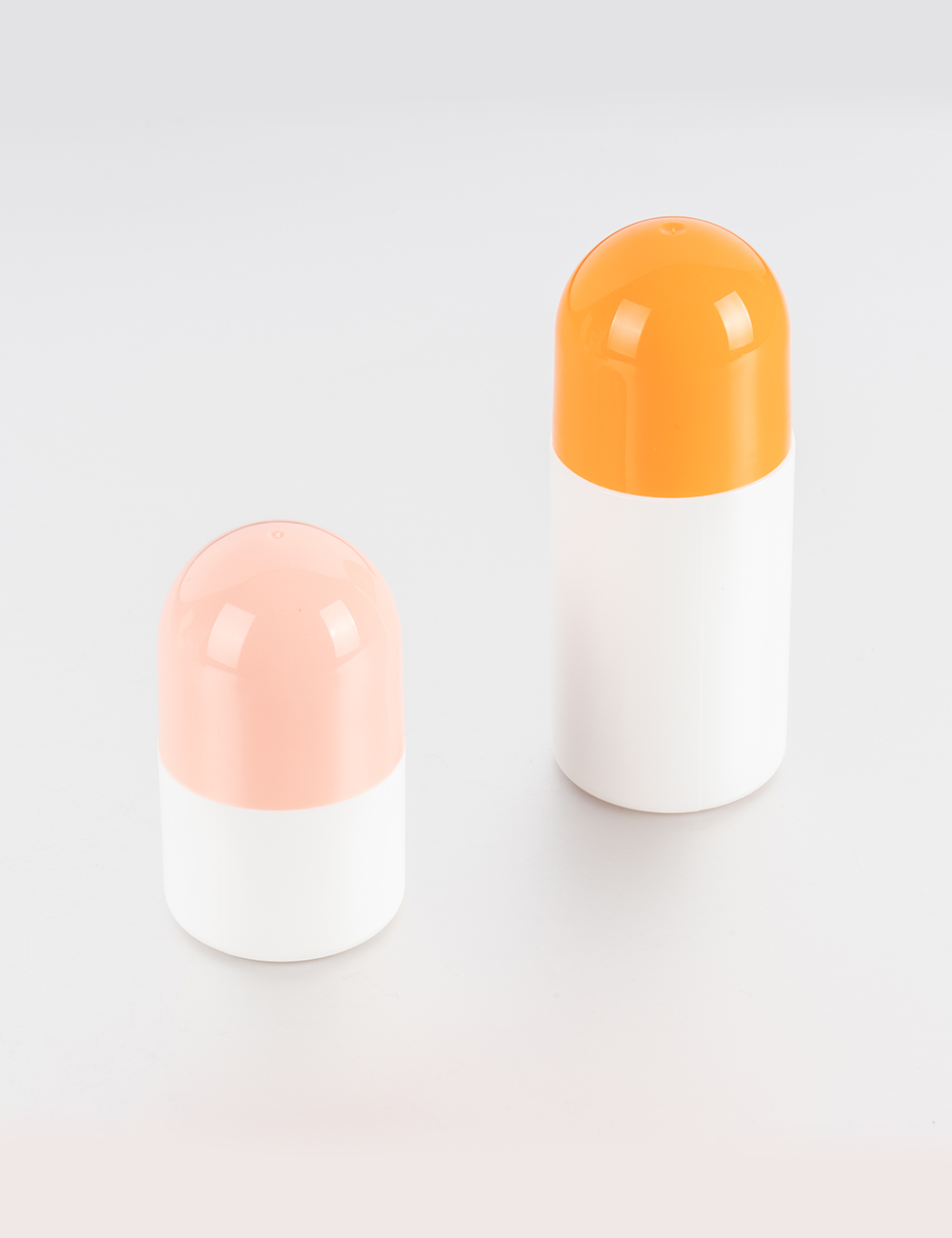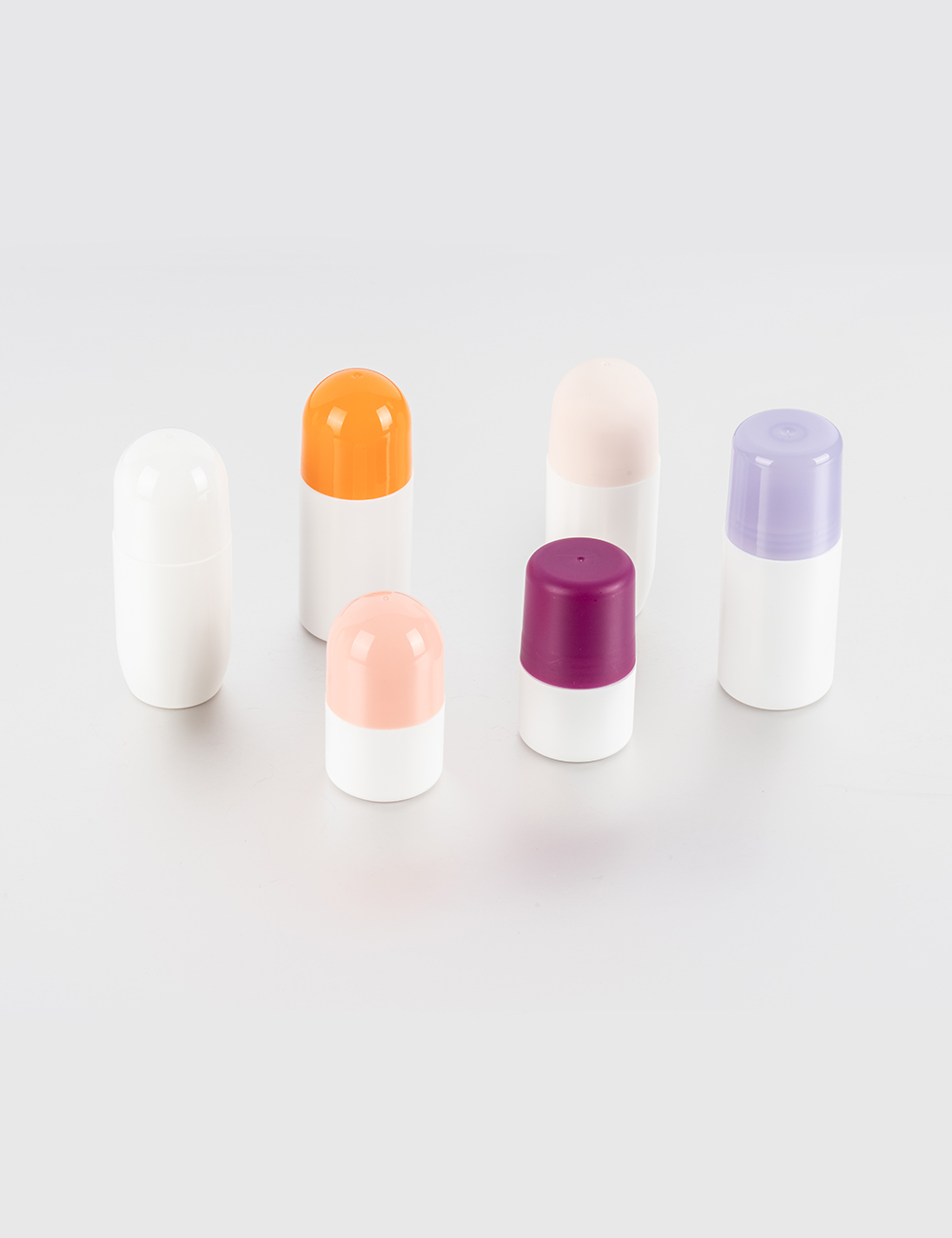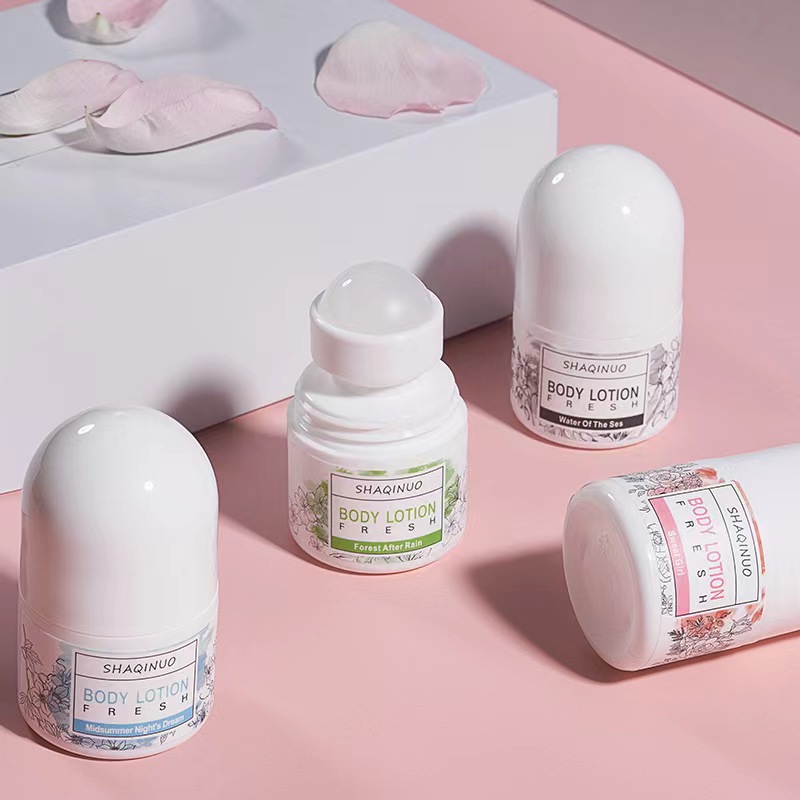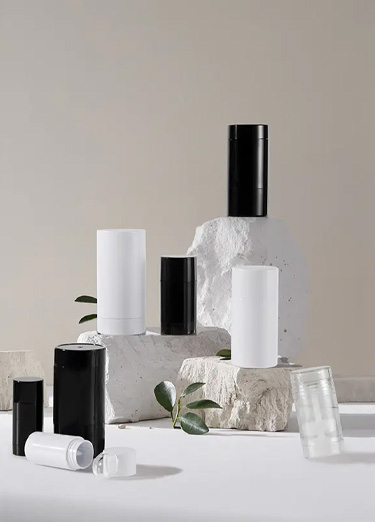
The closure system of a PP roll-on bottle is carefully designed to create a secure, tight-fitting seal between the bottle neck and the cap. The cap is often threaded or designed with snap-fit features that align perfectly with the neck of the bottle, ensuring that the seal is airtight. Polypropylene, being a durable and chemically resistant thermoplastic, works well with itself, allowing for an excellent seal. This tight fit prevents air and liquid from escaping the bottle, ensuring that the contents remain contained and do not leak out, even when the bottle is subjected to pressure or movement.
The roller ball mechanism is an essential feature of PP roll-on bottles, ensuring controlled application of the product while preventing leaks. The roller ball is housed within a socket that is designed to create a tight seal when the bottle is not in use. This system is particularly effective because it ensures that the liquid only dispenses when the roller ball is activated by pressure. When the bottle is not in use, the ball sits in its socket, creating a barrier that prevents liquid from seeping out.
To further enhance the leak-proof capabilities of the bottle, many PP roll-on bottles are equipped with an inner seal or liner that sits inside the cap. This seal is typically made from a flexible material, such as aluminum or plastic film, and provides an additional layer of protection against leakage. When the cap is screwed on, the liner compresses against the neck of the bottle, creating an airtight barrier that reinforces the seal. This inner seal also helps prevent contamination during the storage and transport of the bottle, ensuring that the contents remain secure and free from external contaminants. The combination of the liner and the outer cap seal guarantees that the product inside the bottle remains properly contained, even during rough handling or changes in temperature.
Polypropylene, the material used in the construction of PP roll-on bottles, is known for its excellent mechanical strength, resistance to high and low temperatures, and chemical stability. This makes it well-suited for use in applications where the bottle may be subjected to varying environmental conditions, such as temperature fluctuations or pressure changes. PP bottles can maintain their structural integrity even under conditions of high internal pressure, such as those that occur with carbonated liquids or during transit. The material is resilient enough to resist expansion or contraction under temperature changes, which could otherwise lead to gaps in the seal. The pressure and temperature resistance of polypropylene ensure that the bottle maintains a secure, leak-proof seal regardless of external conditions.
The roller ball mechanism within PP roll-on bottles is designed not only for ease of application but also to ensure that the bottle remains leak-proof during use. The roller ball is typically coated with a small amount of lubricant or other materials that reduce friction and allow the ball to rotate smoothly within its housing. This lubrication also plays a role in maintaining the tight seal between the ball and its socket. A well-lubricated roller ball reduces the risk of leakage by ensuring that the ball stays securely seated when the bottle is not in use, preventing any liquid from seeping out.
Leave a Reply
Your email address will not be published.Required fields are marked


 English
English 中文简体
中文简体 عربى
عربى
